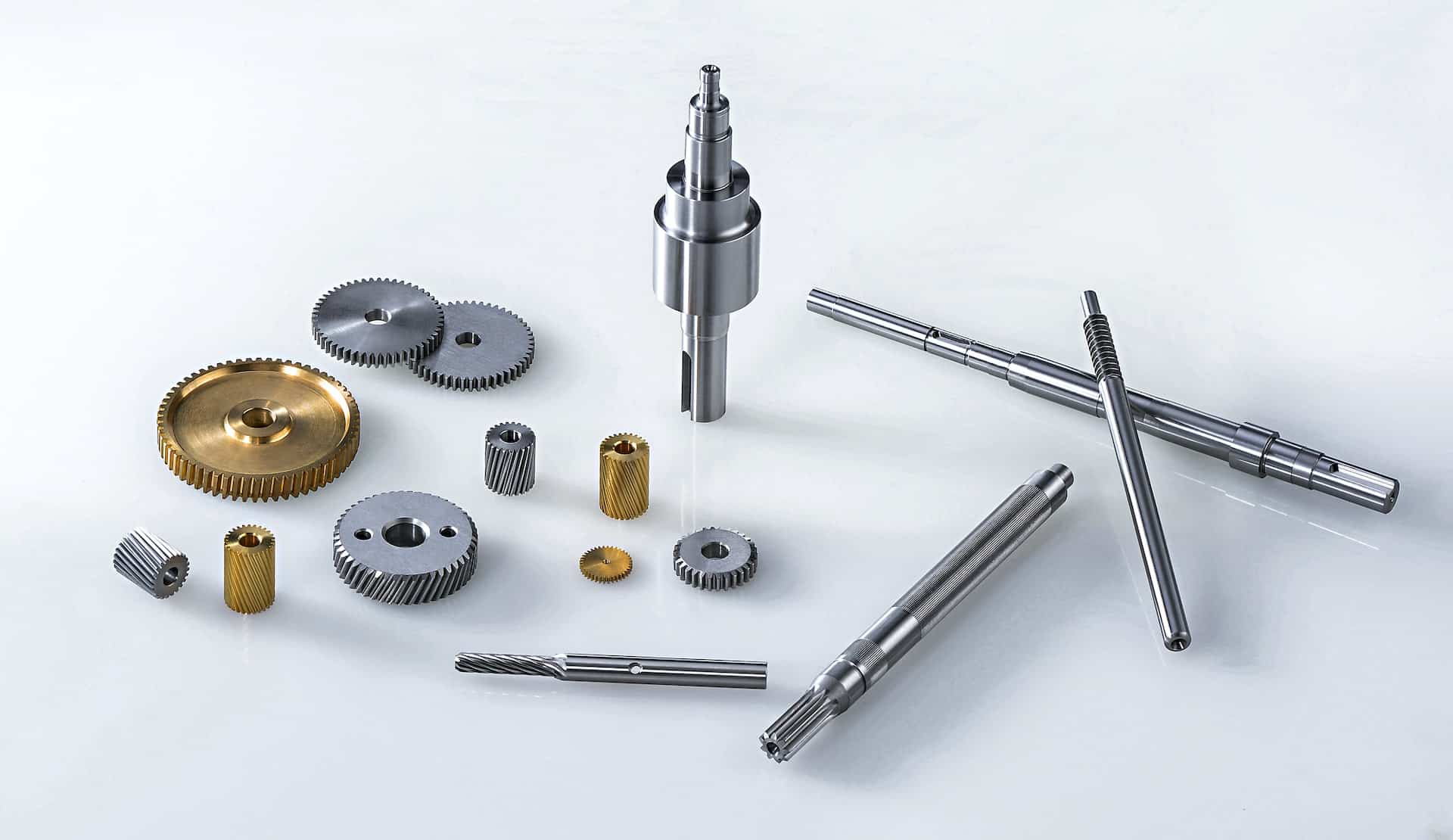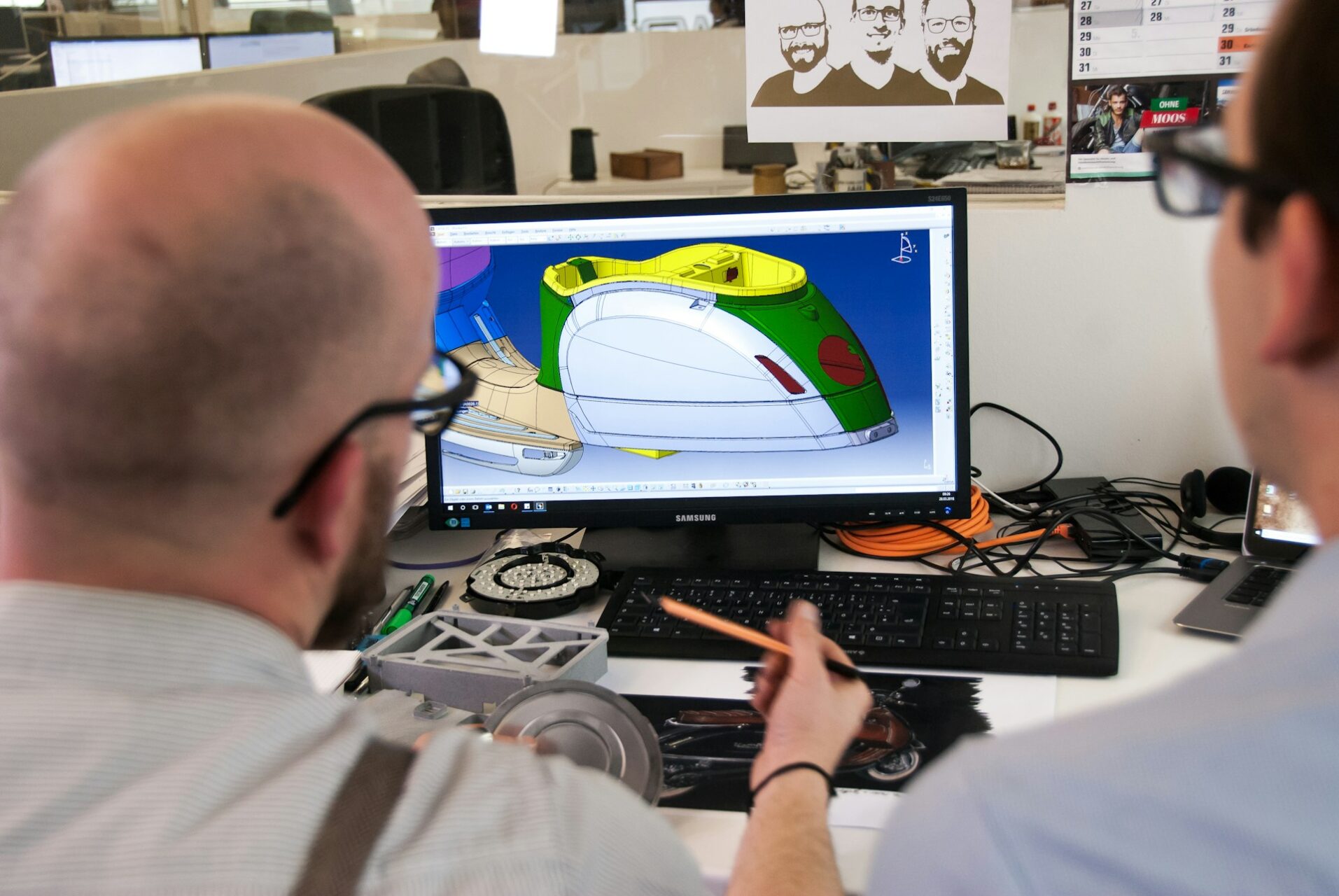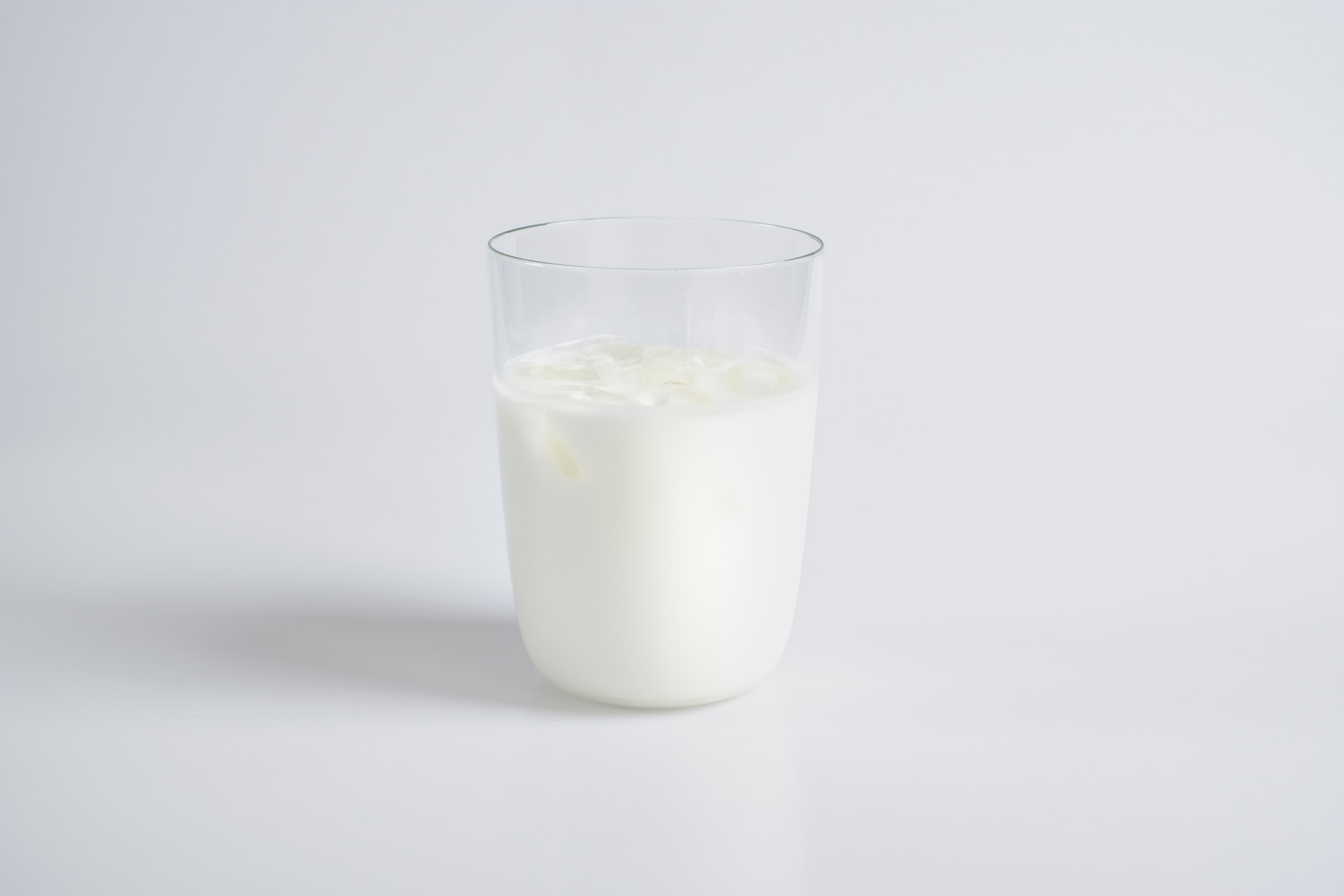
The Pros and Cons of 5-Axis Machining
February 25, 2023 - Ellie Gabel
Revolutionized is reader-supported. When you buy through links on our site, we may earn an affiliate commision. Learn more here.
Five-axis computer numerical control (CNC) machines have made it possible to build intricate, finely detailed parts quickly and accurately. Though they come with a high operating cost, their ability to handle complicated projects with ease makes them stand out when compared to 3-axis CNC machines. It’s no wonder that they’re becoming more popular.
What Are CNC Machines?
Computer numerical control machines are a type of subtractive manufacturing technology. This means that they remove bits and pieces from a solid block of material, called a blank or workpiece, to create a finished product. Almost any kind of hard material can serve as the workpiece, but some of the most common choices are aluminum, ABS, brass, nylon and Delrin.
In contrast, a 3D printer is an additive technology, meaning it builds an object from scratch by adding pieces of material together. Both technologies create highly detailed and accurate pieces of equipment.
Since the first computer numerical control machines were invented, they’ve come a long way, and they now require very little human interference. However, they still require a programmer to tell them what to do and an operator to set them in motion.
Operating a CNC machine entails four basic steps:
- An engineer or programmer designs a CAD model on the computer.
- A machinist converts the CAD file into a CNC programming language called G-code.
- A machinist sets up the CNC machine.
- The machine gets to work. It has the ability to change tools to minimize the need for human interference, cut the part into precise shapes and cool it down with water or air.
A single skilled machinist can control several machines at once, and CNC machines can operate 24 hours a day with little downtime. Their inexhaustible nature gives them an edge over humans, since they can reproduce the same product hundreds of thousands of times without getting bored or tired. The machines are highly accurate and can create very fine detail.
What is 5-Axis Machining?
A CNC machine operates in several different planes called axes — not pronounced the same as the woodcutting tool. They are as follows:
- X Axis: This allows left-to-right movement. A person stepping from side to side is moving along the X axis.
- Y Axis: This is where back-and-forth movement takes place. If someone steps forward and back, they’re moving along the Y axis.
- Z Axis: This axis allows for up-and-down movement. Jumping in place means moving along the Z axis.
These first three axes describe the ways a 3-axis CNC machine can move. A 5-axis machine adds two more dimensions of movement:
- A Axis: This axis is where objects lean forward or backward. Someone nodding their head as if to say “yes” means their head is moving along the A axis. A plane takes off and lands along the A axis as well.
- B Axis: This axis allows for leaning from side to side. If someone touches their ear to their shoulder, their head is moving along the B axis. Tilting a cup to the side so that the water pours out is another example of moving on the B axis.
Five-axis machines don’t use the C axis, which is where an object spins in place, like a merry-go-round or a person swiveling in a chair. However, having five axes allows for such a high degree of control and accuracy that for most purposes, a 5-axis machine is more than capable of performing complex jobs.
In fact, 3-axis CNC milling machines are very common because even three axes are enough for most jobs. They’re also easier to operate and program, and they have a lower startup cost. However, they usually require several rounds of cutting to produce the finished product.
The Advantages of 5-Axis Machining
Why choose a 5-axis machining if 3-axis CNC machines are so capable? There are a number of reasons:
- They’re Precise
A 5-axis machine can cut a workpiece with an incredible degree of accuracy. As such, they can handle more complicated projects than a 3-axis machine.
- They’re Fast
Having more efficient machines saves time, and can make a company more productive and competitive.
- They Require Little Intervention
There are two types of 5-axis CNC machines: indexed and continuous. Indexed 5-axis machines lack the continuous 5-axis machine’s freedom of movement. During machining, the cutting tool can only move along the X, Y and Z axes. However, the machine bed and tool head can rotate automatically along the A and B axes between operations.
Continuous 5-axis CNC machines are similar to indexed machines, but the main difference is that they can move all five axes at the same time. They don’t have to pause operations to do so. These machines can manufacture parts with organic, highly complex shapes and smooth contours.
With both types of 5-axis machines, people don’t have to manually rotate the workpiece, which reduces the potential for human error and speeds up the manufacturing process. There isn’t a chance that someone who comes to work sick, fatigued or inebriated will accidentally bump the workpiece out of place. They also don’t require someone constantly standing by to watch the machine.
The Disadvantages of 5-Axis Machining
Though 5-axis CNC machines have many great qualities, here are a few potential drawbacks to using them:
- They’re Expensive
Much pricier than a 3-axis machine, a 5-axis computer numerical control machine can cost hundreds of thousands of dollars. Still, given the fact that they’re mainly used for industrial-scale manufacturing, companies can likely recoup the cost after the machine has been running for a while.
- They Can Create Limited Structures
Most CNC cutting tools — such as lathes, grinders, routers and mills — are rigid, and many are cylindrical. This means they can’t cut shapes such as curved internal tubes.
- They Require Highly Trained Operators
Due to the complicated nature of 5-axis CNC machines, not just anyone can use them. CNC machines have very expensive parts, so mistakes can be costly, and operators have to be specifically trained to run them.
- They Eliminate Certain Jobs
Although the invention of CNC machines opens up new career possibilities, the very nature of automation means that numerous job positions will close. It’s true that with faster operations, manufacturers can fill more orders, which means they can expand their business. This will open up more roles for machinists and programmers.
But the careers that involve programming, servicing, maintaining and running the machines require a lot of training, unlike the entry-level jobs available in a less automated factory.
Building the Future
The aerospace, automotive, defense and power industries regularly use 5-axis CNC machines. CNC technology is rapidly advancing the medical field by automating the production of implants and surgical instruments. And, of course, they can also create consumer goods on a large scale.
Though 5-axis CNC machines aren’t perfect, their advanced capabilities mean they’re likely to become much more common in the years ahead.
Revolutionized is reader-supported. When you buy through links on our site, we may earn an affiliate commision. Learn more here.
Author
Ellie Gabel
Ellie Gabel is a science writer specializing in astronomy and environmental science and is the Associate Editor of Revolutionized. Ellie's love of science stems from reading Richard Dawkins books and her favorite science magazines as a child, where she fell in love with the experiments included in each edition.




